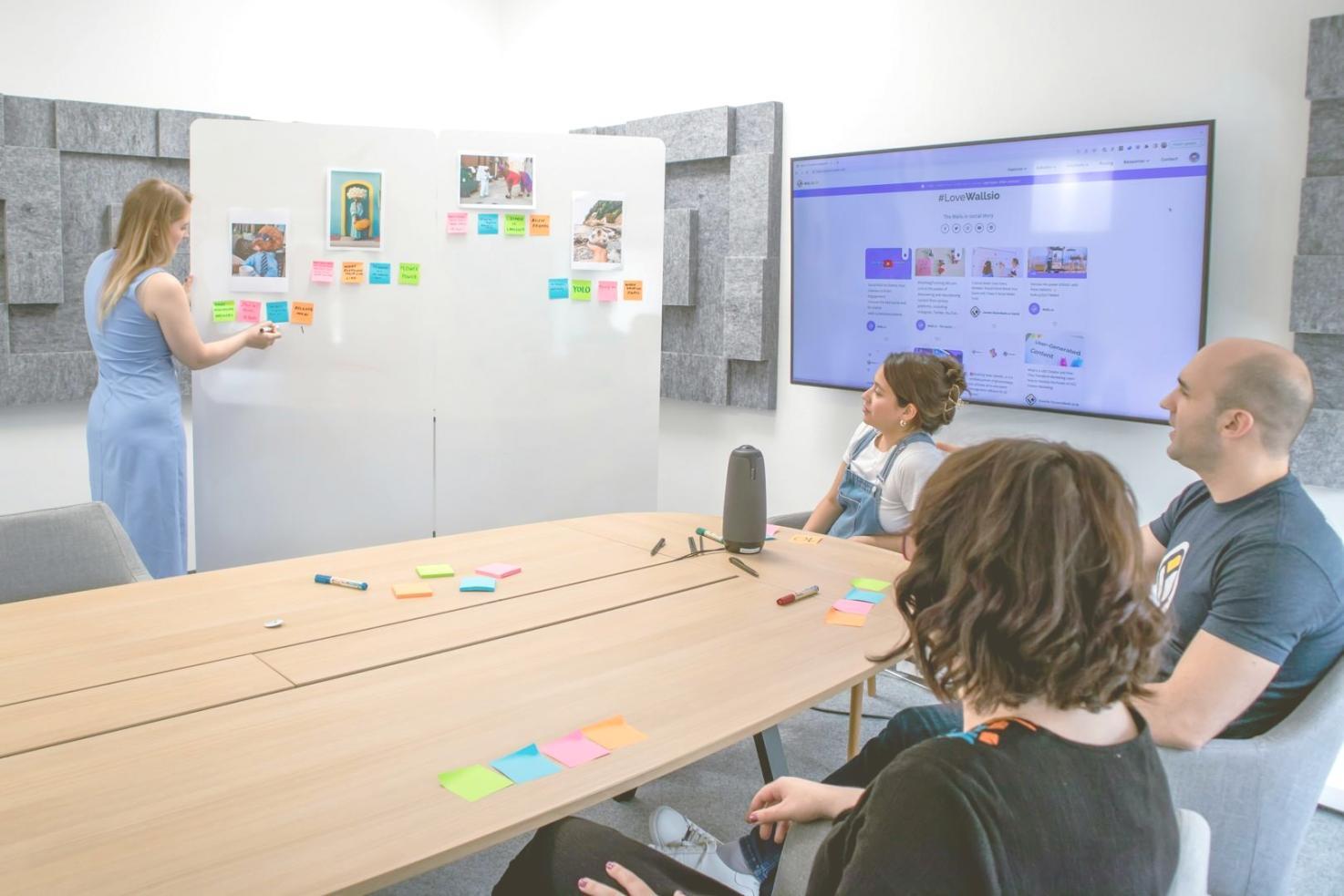Financial Reporting That Actually Makes Sense
We've spent years helping Australian investors decode complex financial data. Now we're sharing exactly how we do it – through a hands-on program that starts in autumn 2025.
Get Program DetailsQuestions People Ask Before Starting
Here's what we hear most often. And the honest answers we give back.
Do I need a finance background to understand this?
Not at all. We've taught journalists, engineers, even a former chef. If you can read a profit and loss statement – or want to learn how – you're ready. We start with fundamentals and build from there.
What happens when I get stuck on a concept?
You'll have access to our team through a dedicated channel. Most questions get answered within a few hours. We also run weekly live sessions where you can bring specific problems you're facing.
Can I still reach out after the program ends?
Yes. You'll get six months of post-program support. Plus access to our alumni network, where former participants share insights and help each other work through real reporting challenges.
Will the materials stay current as regulations change?
We update our curriculum quarterly based on ASIC guidelines and market shifts. Previous participants get free access to these updates – you won't be working with outdated information.

Why We Built This Program
After a decade of producing investor reports, we noticed something. The technical skills weren't the hard part. It was understanding context – knowing what matters and what's just noise. That's what takes time to develop. So we built a program focused on exactly that kind of practical judgment.
Common Obstacles and How We Handle Them
These are the real stumbling blocks people encounter. Here's our approach to getting past each one.
Information Overload
Financial reports contain hundreds of data points. New learners often freeze up trying to process everything at once, missing the key signals buried in the details.
Our Approach- Start with ratio analysis frameworks that highlight what matters most
- Practice filtering techniques using real company filings
- Build custom checklists tailored to different investor types
- Learn pattern recognition through side-by-side comparisons
Interpreting Grey Areas
Accounting standards leave room for interpretation. Two companies in the same industry might report identical situations completely differently, which confuses readers trying to compare them.
Our Approach- Study footnotes where the real story often lives
- Examine how different industries handle common transactions
- Review adjustments that normalize data for fair comparison
- Understand when to question reported figures
Keeping Up With Changes
Reporting standards evolve constantly. A method you learned last year might be outdated this year, and tracking every update feels impossible when you're also trying to master the basics.
Our Approach- Focus on fundamental principles that remain constant
- Set up monitoring systems for regulatory changes
- Subscribe to curated updates that filter out noise
- Join communities where professionals share insights
Applying Theory to Real Situations
Textbook examples are clean and straightforward. Real company financials are messy, with unusual transactions and special circumstances that don't fit neat formulas you've memorized.
Our Approach- Work through actual case studies from ASX-listed companies
- Analyze reports that contain unusual items or complications
- Practice writing summaries for different audience types
- Get feedback on your interpretations from experienced analysts
Who Teaches This Program
Both of us came from different paths into financial reporting. That diversity helps because we understand various perspectives participants bring to the material.

Henrik Solberg
Lead Instructor
Started as an equity analyst before moving into investor relations consulting. Spent eight years helping companies communicate financial results to shareholders. Now focuses on teaching the interpretation skills that took him years to develop through trial and error.

Siobhan Flanagan
Technical Lead
Worked in audit for a Big Four firm before transitioning to financial reporting. Has reviewed hundreds of annual reports across mining, healthcare, and technology sectors. Brings deep knowledge of AASB standards and how they apply in practice across different industries.
Program Timeline for Autumn 2025 Intake
Enrollment Opens
Applications accepted through end of April. We cap enrollment at 25 participants to maintain quality interaction during sessions.
Program Begins
Twelve weeks of structured learning. Weekly modules released Mondays, live sessions held Wednesdays. Expect 8-10 hours of work per week including reading, exercises, and practice analysis.
Completion
Final project involves analyzing a recent ASX filing and producing an investor summary. You'll present findings to the group and receive detailed feedback from instructors.
Extended Support Period
Six months of continued access to instructors and materials. Monthly check-in sessions to discuss real-world applications and answer questions as you implement what you've learned.
Interested in Joining the 2025 Cohort?
We'll be opening applications in early March. Reach out now if you have questions about whether this program fits your situation.
Contact Us About the Program